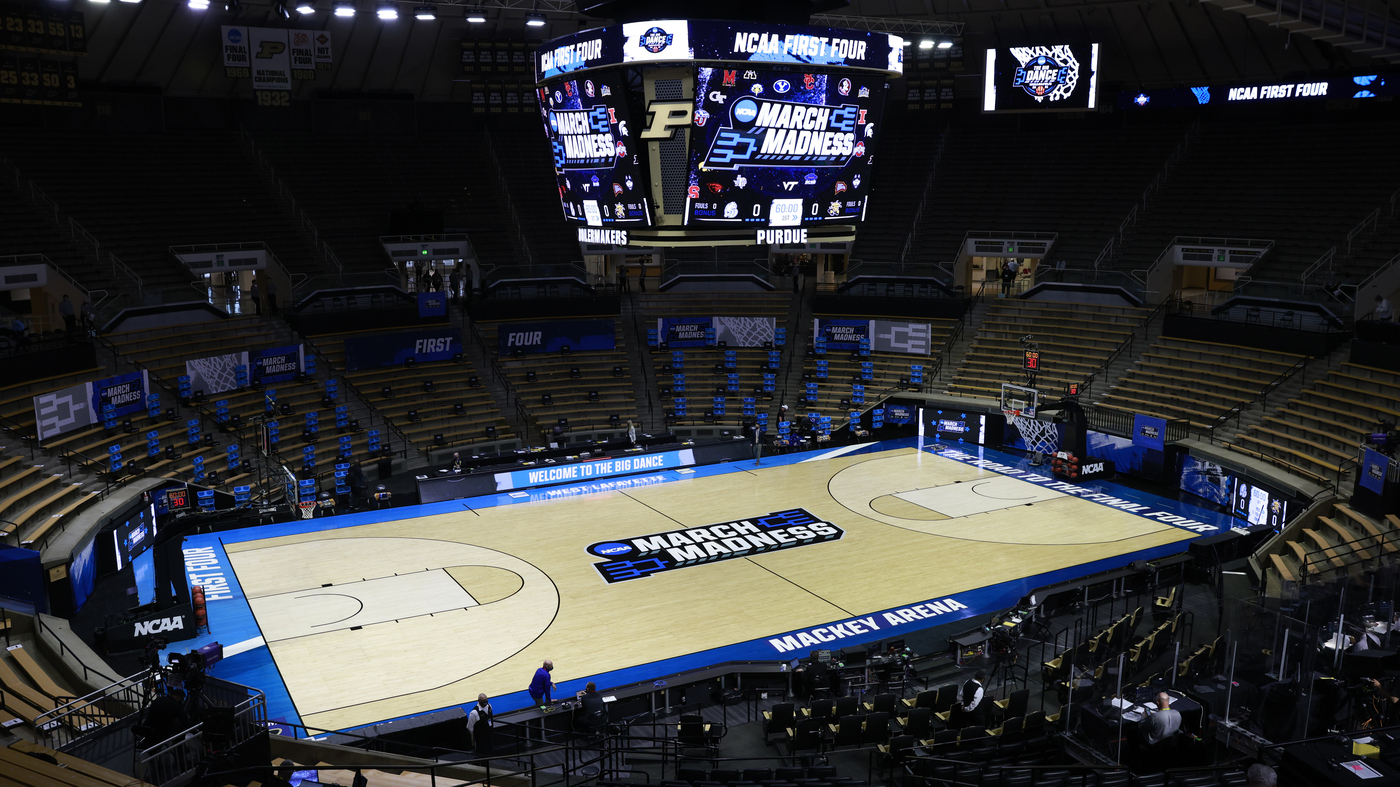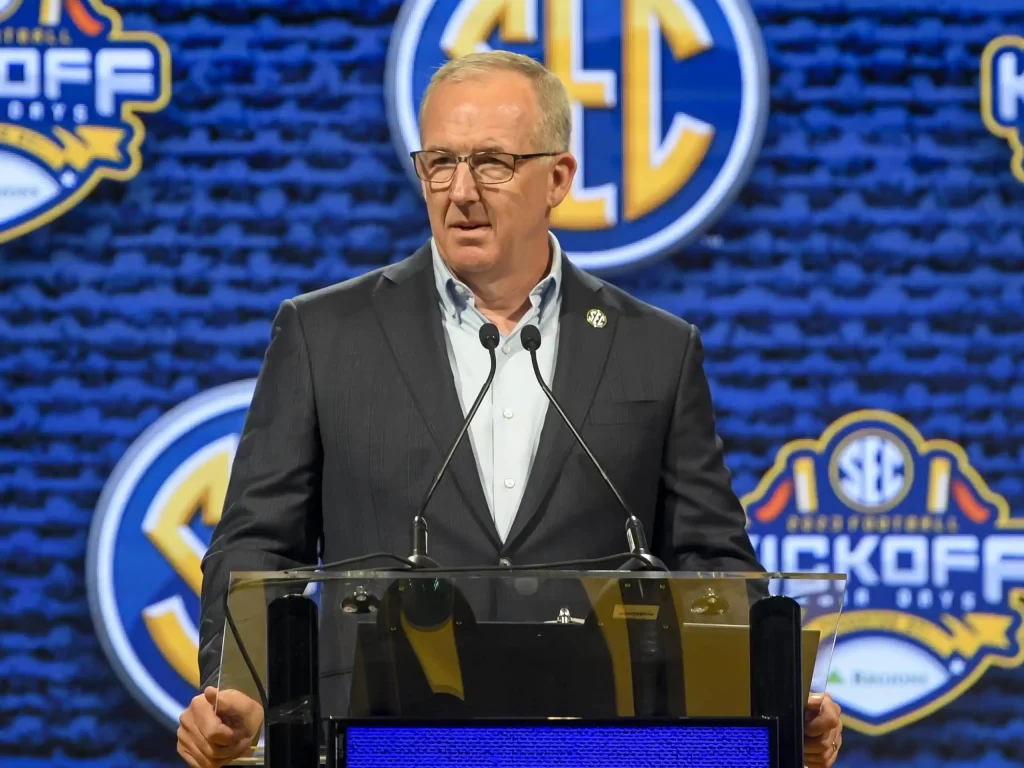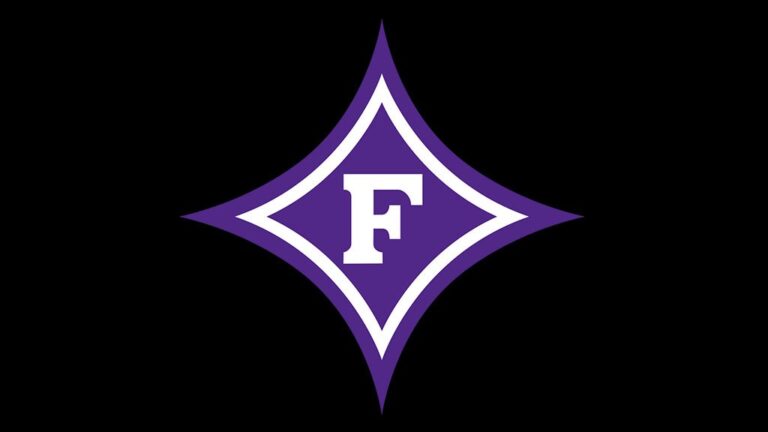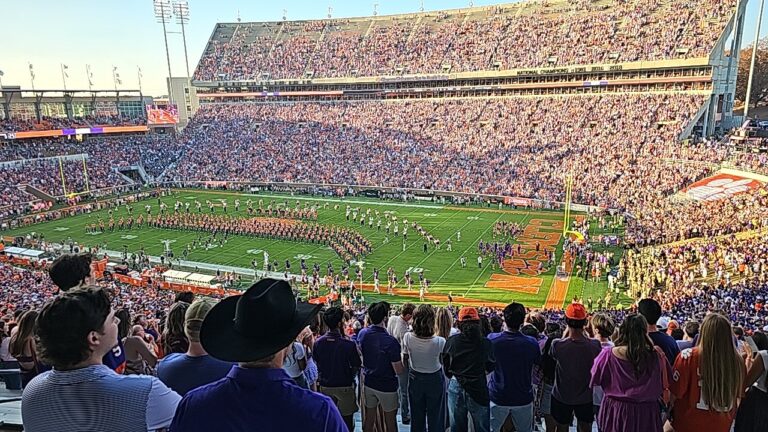

Dear college basketball coaches, fans, and casuals,
College athletics are changing seemingly in a good way on the surface. But below that surface looms the very existence of mid-major postseason competition.
The NCAA is moving towards one of the biggest changes to postseason formatting ever as Charlie Baker and various commissioners look to expand the field of 68 to 76.
At first glance, this idea sounds captivating. More teams, more games, more Cinderella stories. But upon second glance, the most obvious reason sticks out like a sore thumb: greed in money.
In this State of College Basketball, I’m going to highlight two major points that are crucial in understanding whatever the NCAA is trying to do to ruin our beloved Dance.
1. More Money, Less Madness

For a postseason tournament that already racks up nearly a billion dollars annually, you’d think that the NCAA would be content with sitting at 68 teams.
Wrong.
Expansion brings in the possibility of getting four more at-large bids for power conference teams. These teams could be completely undeserving but get in based solely on the fact that they are power conference schools.
Just look at the SEC’s bid to get a record number of teams into the tournament.
Exhibit One:
The SEC got 14 teams into the Tournament last year, with only 11-7 LSU and 10-8 South Carolina missing the cut.
The decision by the Committee to get almost every SEC team into the tournament was a massive head scratcher. Greg Sankey said in March that getting those 14 teams into the Big Dance was justified saying:
“You got somebody that’s got a nice NET but one Quad 1 win. LSU has two Quad 1 wins, for goodness’ sake. We went 30-4 against the ACC. Put their high-end teams in our league, and they’re in a very different place. You do that with the Big 12, they’re in a very different place. That’s the unicorn we’ve created this year. And I hope our coaches are proud. I hope our athletics directors are proud. We had a great visit with our presidents and chancellors, where I went through some graphics of where we were from 2006 to 2015 and then 2016 and beyond. And it’s been building, and it’d be nice to kick the door down, as they say. We should never talk about less than 14. Literally, we said every expectation we communicate has at least 14, and maybe more, depending on how the season plays out. And I think that was fully justified then. And I think it continues to be justified now.”
By sending these 14 teams to the NCAA Tournament, the SEC raked in $70 million, earning 35 units for 35 games played. Each unit is worth about $2 million.
Had the SEC somehow someway got all 16 teams into the Tournament, they would have exceed a minimum of $75 million.
As a comparison, every conference combined outside of the SEC earned $178 million.
Case. In. Point.
When the Tournament expands, it will allow these major conferences to rake in more money that isn’t completely needed, essentially taking away money that is needed at the mid-major level and necessary to keep funding and upgrading those programs.
The more money the NCAA wants to generate for the Tournament, the more the problems at the mid-major level will bubble to the surface. It might not be evident now but soon it will be an issue the whole world will take notice of.
2. Expansion Could Lead to Separation Between Mid-Majors and High-Majors

This consequence isn’t as obvious as others.
Several coaches, athletic directors, and commissioners have agreed that there should be separation between mid and high-major conferences, especially since many of these folks believe that their teams earn more money and deserve that revenue more than their small school counterparts.
Exhibit 2:
In March of 2024, Tom Izzo sparked absolute outrage after talking about the state of the NCAA Tournament and the elimination of auto bids for mid-major conferences. Izzo didn’t hold back and said that it is something that should be “seriously” examined.
“I just think what’s happening now, everybody likes the upsets in the first weekend, but I’m not sure moving on that’s what’s best for the game. I think it’s got to be looked at seriously.”
While Izzo didn’t outright support the move to eliminate auto bids for mid-major conferences, his comments did support an idea that a future move could be beneficial for the sport.
Similar to Izzo, Greg Sankey spoke about expanding opportunities to power conference teams.
In 2024, with an interview with ESPN’s Pete Thamel, he said, “We are giving away highly competitive opportunities for automatic qualifiers [from smaller leagues], and I think that pressure is going to rise as we have more basketball leagues at the top end because of expansion.”
On the other side of things, there is major disapproval of this proposed separation.
“That’s the beauty and the magic of March. If you take that away, you’re not going to have 12-5 upsets, 16-1 upsets,” said Howard University head coach Kenneth Blakeney following Howard’s loss to Wagner this past March. “The two teams in the Final Four last year, that is the beauty and the magic of what makes March Madness March Madness. There’s so many brackets that get tossed out the window, and that may be the issues, but it’s what makes March special.”
An anonymous coach agreed with Blakeney and said to CBS Sports:
“Obviously as a mid-major coach, I’m very concerned about the NCAA Tournament and the talk of getting rid of the automatic bids. To me, this tournament is the greatest sporting event in the United States, even better than the Super Bowl because it lasts three weeks. The aura, or what makes this tournament so special, is the ability of mid-majors to win some games. I really believe you can’t take that away. because you’re chasing money. At some point the money chasing has to stop and the history of the game has to be preserved.”
The potential removal of mid-major auto bids in the name of expansion could tear the college basketball community apart, especially when you have coaches such as Tom Izzo advocating for something along the lines of removing teams that could create upsets in later rounds [see the 2024 Final Four].
Final Word
If you have made it this far, I applaud you.
I encourage you to look at the sport we love so dearly and increase your knowledge of the tournament expansion. It might look beneficial in the short term but it is meant to destroy the mid-major runs in tournaments. It is pure greed for people like Charlie Baker to water down the Field of 68 and make it as Mickey Mouse as possible. It is meant to destroy the magic that rests in Cinderella teams, in the Mid-Major Darlings.
What used to be the Biggest Dance on Earth is now turning to the Biggest Money Grab on Earth.
Beware basketball fans because this reality is coming in hot and it is coming a lot sooner than you might expect.
Until the next State of College Basketball,
Joshua Frye



















